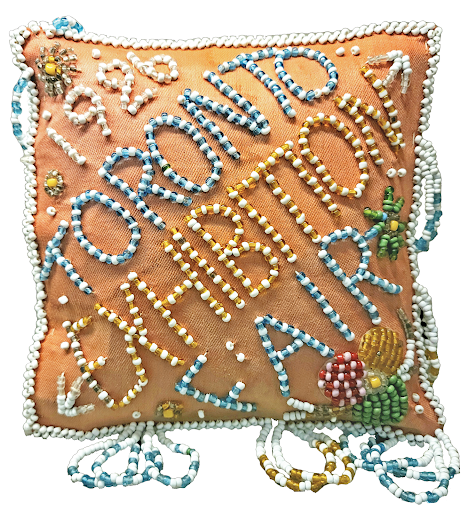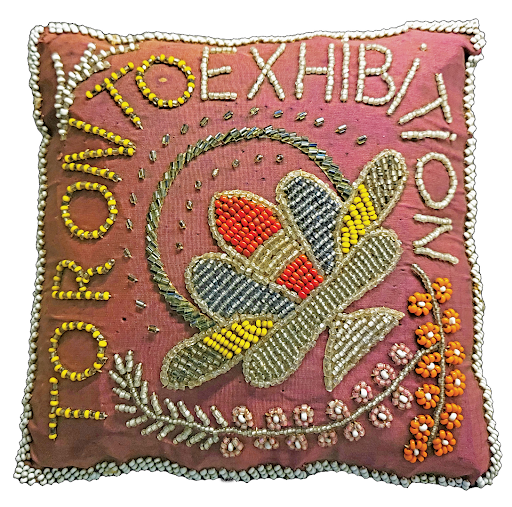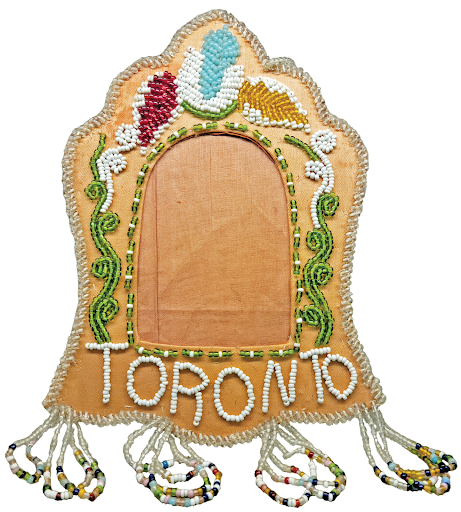By Heather George

On October 3rd, 1898, 44 women from Kahnawake wrote to the US Congress reminding them of the right of Haudenosaunee people to cross the international border, which dissected their hunting grounds and homelands following the Treaty of Paris in 1763.
“To the members of Congress of the United States of America Greetings. We the women of the tribe of Iroquois of the village of Caughnawaga whose livelihood is the making of beadwork and Indian novelties Petition you the Honourable members of Congress … to use your influence in restoring the privileges that we hitherto enjoyed in passing and repassing the boundary line free of duty as we find it has placed us in poorer circumstances through the tariff placed on wares of our manufacture. We beg to remind sirs of the treaty made by our forefathers and your government worded in a sense as if there was no boundary for Indians.”

Described as items of “whimsy”; interpreted as mere items of fashion produced by Indigenous women for Settler women. As Dr. Jolene Rickard and Dr. Sherry Farelle-Racette remind us, there are much more meaningful ways to think about these pieces. The talented artists who created these pieces expressed cultural continuity, treaty rights and economic independence through their practice. Haudenosaunee bead workers established themselves in major tourist locations such as Niagara Falls, the New York State Fair and Toronto exhibition; crossing the imposed international boundary to sell their art.
I visited these pieces at the Onӧhsagwё:de Cultural Center in Seneca territory and selected them for inclusion in the CMA magazine as a small reminder of complexities created by imposed colonial systems and a beautiful example of one of the many ways Indigenous peoples continue to resist those systems.

This article was originally published in the Winter 2022 issue of Muse, the magazine of the Canadian Museums Association. Thank you to Muse and Heather George for giving permission to share the article here in the GRASAC Newsletter.
